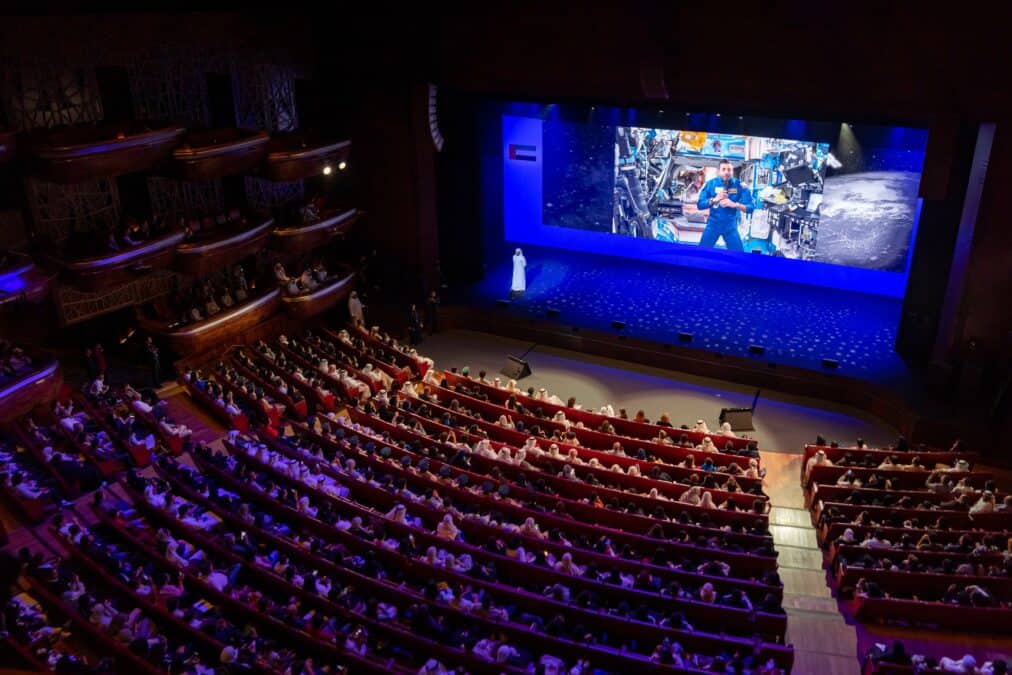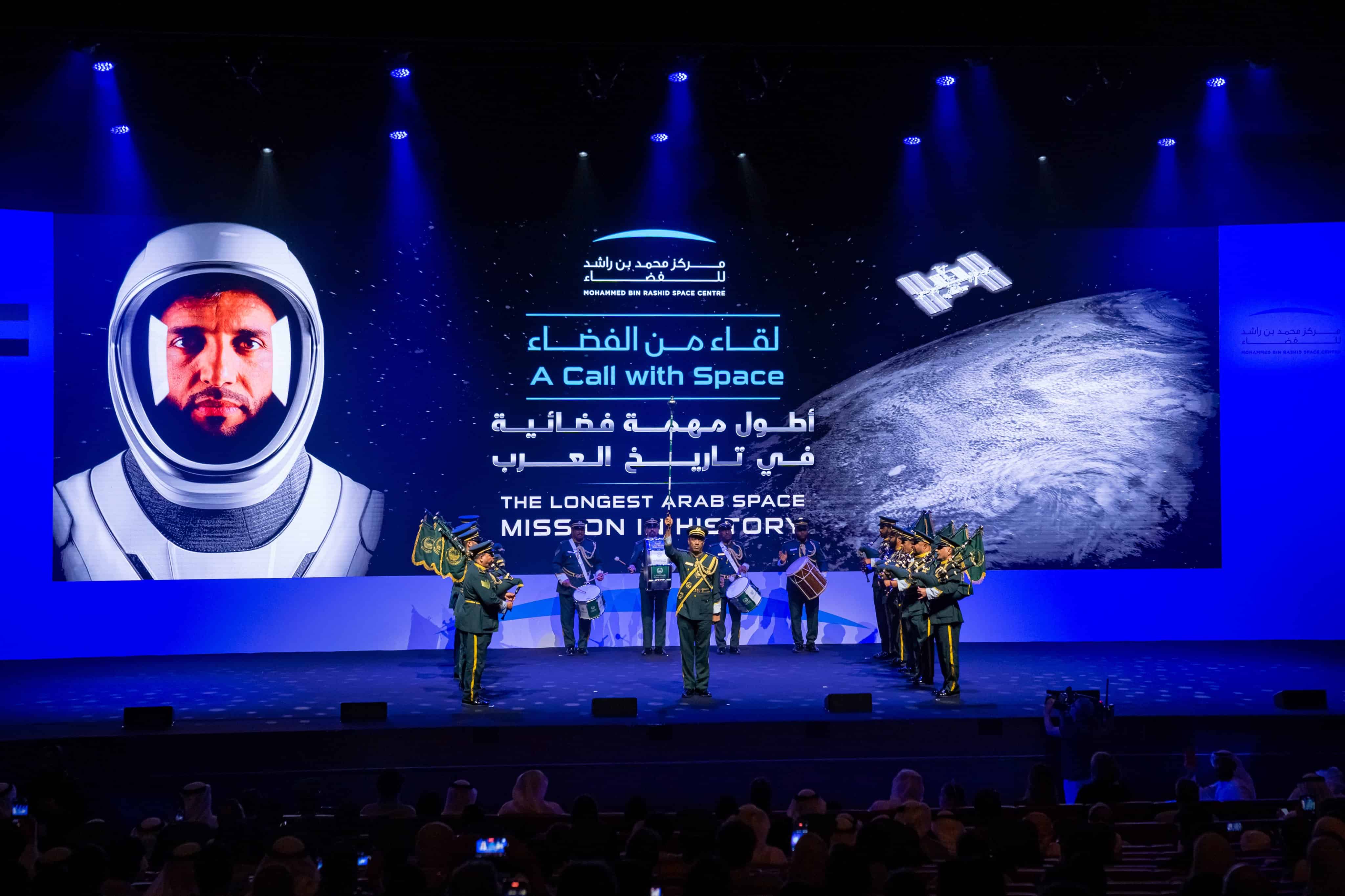DUBAI, UAE — The Rashid Rover, the first Emirati rover to land on the moon, has successfully completed its lunar orbit insertion, said the Mohammed Bin Rashid Space Centre (MBRSC), highlighting a significant achievement in space exploration.
The development places the rover just one step away from making history.
The iSpace lander, carrying the Rashid Rover, underwent its first lunar orbit insertion manoeuvre at 5:24am UAE time on March 21, as planned, under the direction of the lander engineers.
The maneuver, which involved a controlled burn from the lander’s main propulsion system, lasted several minutes and was completed successfully.
The successful lunar orbit insertion is an important step towards upcoming milestones in the Rashid Rover’s mission. This includes the remaining five subsystem checks before the landing sequence, which is scheduled to be announced around late April 2023. Specific information about the date and time of the landing will be announced in the coming days.

The Rashid Rover’s mission consists of several milestones. After completing the Launch and Early Orbit Phase (LEOP) and the cruise phase, the rover is now on its way to completing the third milestone: the Arrival Phase (Entry, Descent, and Landing). This will be the most intense part of the mission, as the lander will have to land on the lunar surface based on its system’s calculation to stay on course for a specific landing spot on the moon.
Following the Arrival Phase is the Deployment, Commissioning, and Drive-off phase. Once the Lander has landed on the lunar surface, deployment, commissioning, and drive-off command sessions will begin.
After completing the post-landing checkout, instrument commissioning, and initial data collection, the Nominal Surface Operations phase will begin. During this phase, which lasts for 10-12 days, the Rashid Rover will conduct continuous surface research and image capture.
The final two phases of the mission are hibernation and last decommissioning. During the hibernation phase, the rover prepares for the lunar night, and all information captured is downloaded to ensure no information is missed. The chances of the rover restarting are slim, but if it is activated after the lunar night, the mission will be extended to operate throughout the second lunar night, which will end with the decommissioning phase.
The ambitious mission, undertaken by the UAE to study the surface of the moon, is considered a gateway for future exploration of other planets. The mission is funded by the ICT Fund of the Telecommunications and Digital Government Regulatory Authority (TDRA), which aims to support research and development in the ICT sector in the UAE.

